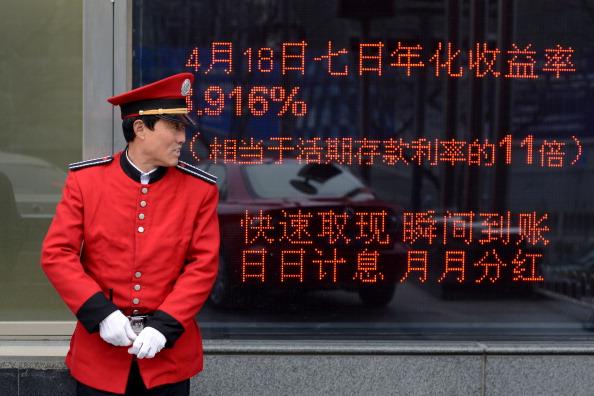Despite the efforts of investment bank analysts, the market just doesn’t buy the 14.4 percent increase in debt financing in the Chinese economy in December.
Theoretically, an increase in debt means higher growth, says Goldman Sachs: “Today’s figures suggest the overall policy stance remained supportive in December, which provided support to growth.”
Or according to Everbright Securities’s chief Economist Xu Gao: “China can use its savings to boost economic growth as long as it wants.”
So why is the Shanghai Composite down 3.55 percent to 2900, a level last seen in 2014? Why is the Dow Jones down 2 percent in early Friday trading?
Because boosting debt by 14.4 percent means very little in the deflationary Chinese economy.
“Chinese growth in recent years has been of extremely low quality. Productivity has only accounted for 5.7 percentage points of growth since 2008, with the rest coming almost entirely from investment. The result is that debt has soared to 282 percent of GDP,” writes Andrew Lees of Macro Strategy.






